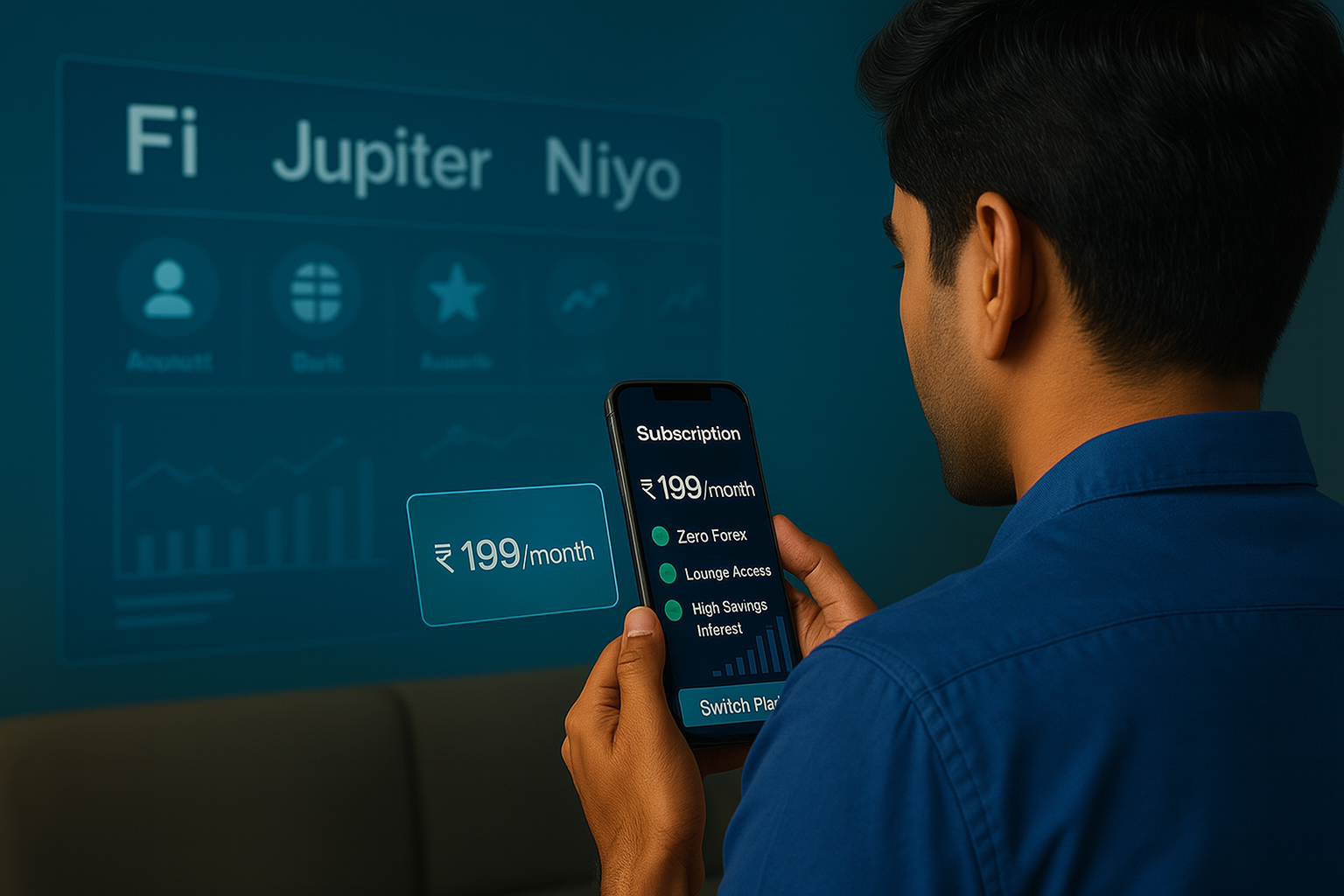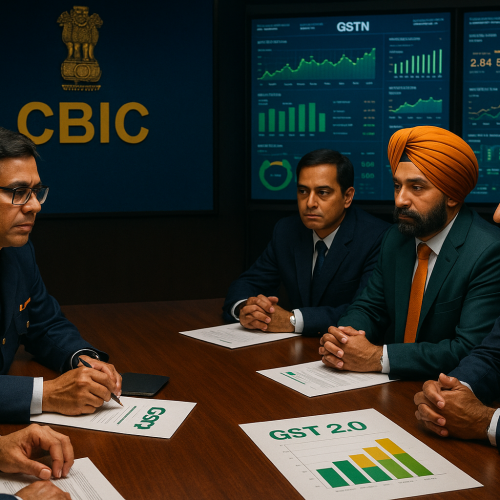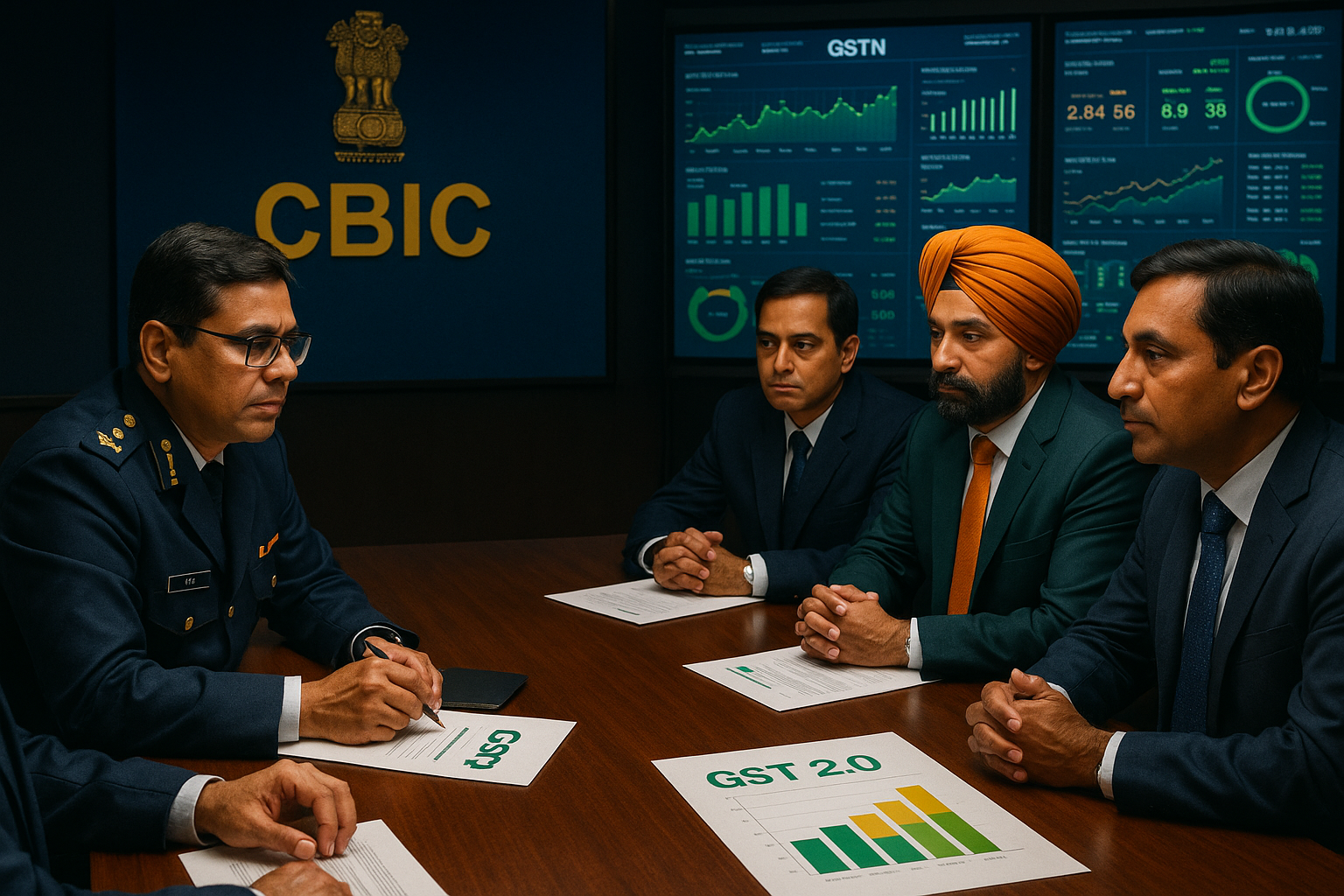India’s traditional banking fee models—minimum balance penalties, transaction charges, and bundled service pricing—are undergoing a quiet revolution. Enter subscription-based banking, where banks and fintechs now offer flat monthly or annual fees for premium services such as higher interest rates, zero forex markup, airport lounge access, and advanced analytics. As of 2025, these models are being rapidly adopted by digital-first banks and urban professionals looking for predictable, transparent, and value-packed financial experiences.
Background and Context
Inspired by streaming platforms and SaaS models, banks in India have begun to unbundle financial products and offer them under tiered pricing models. Customers no longer need to maintain high balances or chase loyalty programs—they can now pay a subscription fee (e.g., ₹99–₹499/month) to access tailored services.
Leading players like Fi Money, Jupiter, HDFC Millennia, IDFC FIRST Select, and NiyoX have rolled out banking-as-a-subscription offerings. Even large banks like Axis Bank and Kotak Mahindra are experimenting with fee-for-value plans targeting affluent millennials and salaried professionals.
What’s Included in Subscription-Based Banking Plans?
1. Premium Financial Benefits
Zero forex markup for international transactions (Fi, NiyoX)
Higher interest on savings (up to 7%)
Faster UPI/NEFT settlements or no daily limits
2. Lifestyle Perks
Access to airport lounges, OTT bundles, food delivery discounts
Cashback tiers based on subscription level
Smart bill reminders and spend analytics dashboards
3. Customer Experience Boosters
Dedicated customer support
Priority KYC and account opening
No hidden charges or penalty fees
“Users today want clarity and control. A flat ₹199/month is easier to plan than guessing hidden charges,” says a product manager at a neobank.
Key Players and Subscription Tiers
| Platform | Plan Name | Monthly Fee | Key Features |
|---|---|---|---|
| Fi Money | Fi Pro | ₹199 | 4%+ savings, zero forex, analytics |
| Jupiter | Edge / Pro Plans | ₹149–₹299 | Cashback, partner offers, goals-based tools |
| NiyoX | Global Card Plan | ₹0–₹499 | Lounge access, zero forex markup |
| IDFC FIRST | Select Program | ₹299/month | Priority support, high-limit cards |
| HDFC Bank | Millennia Plus | ₹499/year | Cashback + credit monitoring suite |
Social Media Buzz and Industry Feedback
@FintechTodayIN
“Subscription banking is flipping the model: pay once, bank smart. Flat fees, full value. #FiMoney #Jupiter #SubscriptionFinance”
@UrbanMoneyMindset
“Why maintain ₹10K when ₹199/month gets me better savings rate + lounge + cashback? Subscription beats minimum balance. #BankingAsAService”
@RBIWatch
“Banks must disclose features & risks clearly in subscription-based models. Customer protection must evolve with innovation. #FairBanking”
Consumer Profile and Adoption Trends
Urban millennials and Gen Z professionals (aged 21–35) are the primary adopters.
Strong traction in Tier-1 cities like Bangalore, Mumbai, Hyderabad.
Usage concentrated among those who:
Travel internationally
Transact frequently online
Prefer mobile-first experiences
Challenges and Regulatory Viewpoints
RBI Oversight Needed: The regulator may soon require standard disclosures on subscription terms, fee changes, and refund policies.
Consumer Awareness: Some users may not fully understand what’s included or may underutilize benefits.
Value Perception: Banks must ensure that the subscription delivers tangible monthly savings or rewards—or risk churn.
Future Outlook
Modular Subscriptions: Pay for just what you use—e.g., ₹49/month for travel perks only, or ₹99/month for budgeting tools.
Bundled Wealth + Insurance: Subscription banking may soon include auto-invest, SIP management, and micro-insurance.
Embedded Credit Access: Fixed-fee credit lines, BNPL options, or overdraft facilities could be included in premium plans.
SME Accounts: Flat-fee banking for freelancers, startups, and MSMEs is in beta by several neobanks.
Conclusion
Subscription-based banking is reshaping the economics of personal finance by putting the power of choice and predictability in the hands of consumers. As traditional banks and fintechs adapt to this recurring-revenue model, the focus must stay on delivering consistent value, transparent pricing, and customizable experiences. In a world of Netflix and Spotify, banking is next in line for a flat-fee, on-demand transformation.












